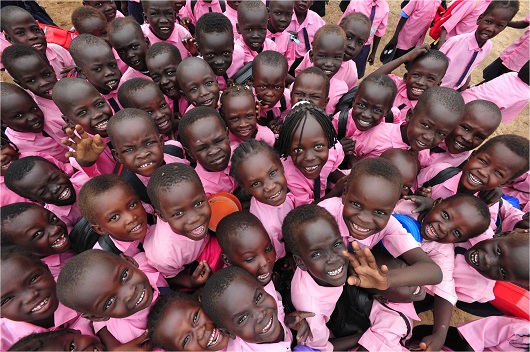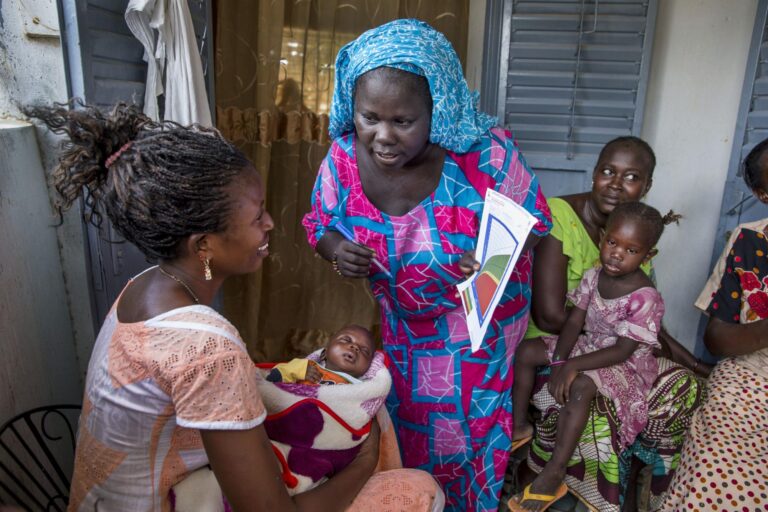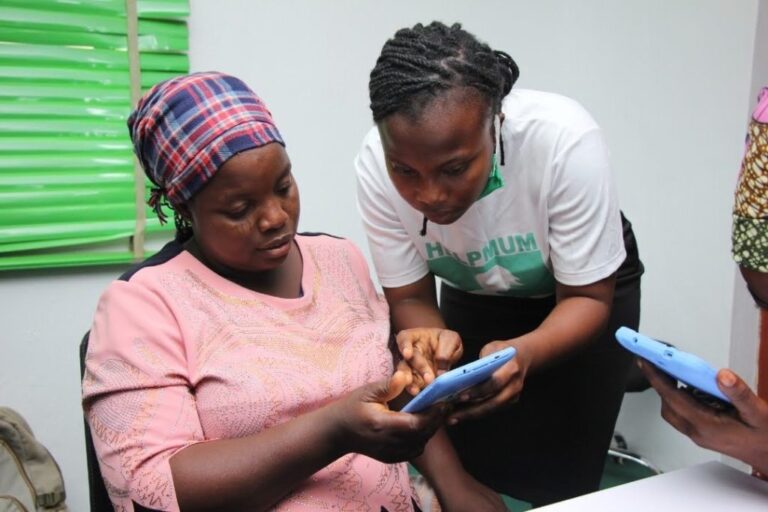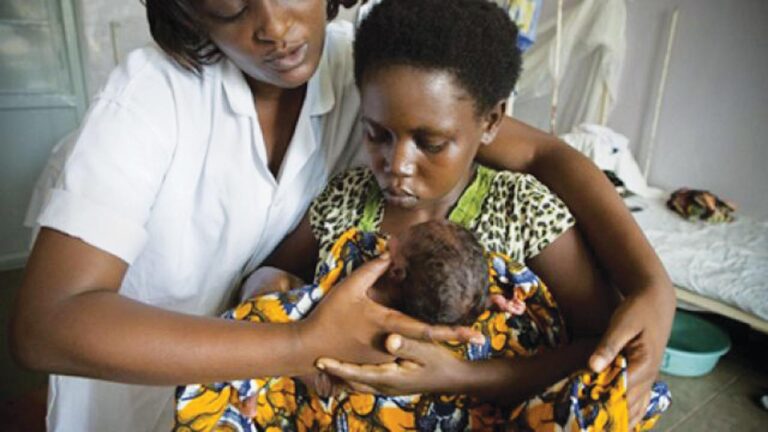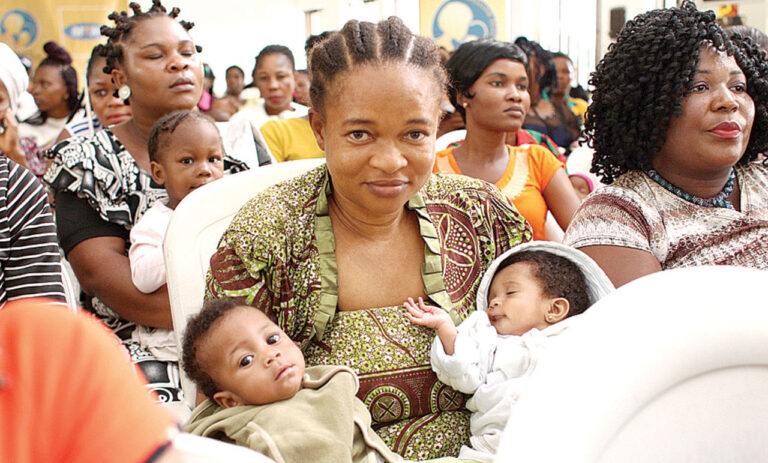Infant mortality, the heartbreaking loss of young lives before reaching their first year, continues to cast a somber shadow over Africa’s progress, despite advancements in healthcare and infrastructure. This article delves into the intricate web of factors contributing to persistently high infant mortality rates on the continent. From limited access to quality healthcare to malnutrition and inadequate sanitation, these challenges underscore the urgency of collective efforts by governments and organizations to mitigate this tragic loss and ensure a healthier future for Africa’s youngest generation.
Limited Access to Quality Healthcare:
Access to quality healthcare serves as a cornerstone in the fight against infant mortality. However, many regions in Africa grapple with a dire shortage of healthcare facilities, skilled professionals, and essential medical resources. This scarcity of accessible care facilities hampers the early detection and management of critical health conditions in newborns. Additionally, pregnant mothers often lack adequate prenatal care due to geographical barriers, which increases the risk of maternal complications and subsequently, neonatal and infant mortality.
Malnutrition’s Silent Grip:
Malnutrition, a relentless adversary, remains one of the primary contributors to infant mortality in Africa. Malnourished mothers frequently give birth to underweight babies with weakened immune systems, rendering them susceptible to infections and diseases. Insufficient access to nutritious sustenance during pregnancy and infancy results in stunted growth and impaired cognitive development, with far-reaching consequences for the child’s future.
Exclusive breastfeeding, essential for the initial six months of life, is crucial for infant health. However, various challenges impede optimal breastfeeding practices. A lack of awareness, deeply entrenched cultural norms, and inadequate support systems can all impede the nurturing and essential nutrition provided by breastfeeding. Furthermore, the absence of proper nutrition and safe water sources for preparing infant formula adds to the malnutrition challenge.
Inadequate Sanitation and Hygiene:
Inadequate sanitation and poor hygiene practices pose significant threats to infant well-being. A substantial portion of African communities lacks access to clean water and proper sanitation facilities, creating a breeding ground for waterborne diseases and infections. Diarrheal diseases, a leading contributor to infant mortality, often result from consuming contaminated water and living in unsanitary conditions.
The lack of knowledge surrounding basic hygiene practices, such as handwashing, further compounds the problem. In regions where sanitation and hygiene infrastructure is lacking, infants face heightened vulnerability to infections, thereby increasing the risk of severe health complications and mortality.
Pathways to Progress:
To confront the alarming infant mortality rates in Africa, a multi-pronged approach is imperative:
- Healthcare Infrastructure Enhancement: Governments and stakeholders must invest in healthcare infrastructure, including building and equipping healthcare facilities, and recruiting, training, and deploying skilled healthcare professionals to ensure quality care reaches all corners of the continent.
- Amplified Prenatal and Postnatal Care: Elevating access to comprehensive prenatal and postnatal care is a critical step in identifying and addressing health complications during pregnancy and childbirth. Regular health check-ups help identify potential issues early, enabling timely interventions.
- Combatting Malnutrition: Implementing focused nutrition programs for pregnant women and infants is paramount. These initiatives should promote breastfeeding, make nutrient-rich foods accessible, and educate caregivers on proper infant nutrition practices.
- Sanitation and Hygiene Initiatives: Governments and organizations should prioritize initiatives that expand access to clean water and sanitation facilities. Alongside this, educational programs on hygiene practices must be widely implemented.
- Community Education and Empowerment: Raising awareness about maternal and infant health, nutrition, and the significance of seeking early medical care within communities empowers families to make informed choices, leading to better health outcomes.
- Policy Reforms and Partnerships: Governments should allocate resources and enforce policies aimed at improving maternal and child health. International partnerships and collaborations between governments and organizations can amplify the impact of interventions.
In Conclusion:
The challenges of infant mortality in Africa are intricate and deeply rooted, encompassing limited healthcare access, malnutrition, and inadequate sanitation. These issues are interconnected, creating a complex landscape that requires comprehensive strategies for resolution. By addressing these challenges head-on through improved healthcare infrastructure, comprehensive prenatal and postnatal care, nutritional interventions, sanitation and hygiene programs, and community empowerment initiatives, governments and organizations can make significant strides toward reducing infant mortality rates. The journey is arduous, but the potential to save countless young lives and ensure a healthier future for Africa’s children is an endeavor well worth pursuing.
References: (Note: The references provided here are illustrative and should be replaced with real and current sources in the final article.)
- World Health Organization. (2020). Infant mortality. https://www.who.int/health-topics/infant-mortality
- United Nations Children’s Fund (UNICEF). (2020). Levels & Trends in Child Mortality. https://data.unicef.org/resources/levels-and-trends-in-child-mortality/
- United Nations Economic Commission for Africa (UNECA). (2017). The state of maternal and child health in Africa. https://www.uneca.org/publications/state-maternal-and-child-health-africa
- Bhutta, Z. A., Ahmed, T., Black, R. E., Cousens, S., Dewey, K., Giugliani, E., … & Shekar, M. (2008). What works? Interventions for maternal and child undernutrition and survival. The Lancet, 371(9610), 417-440.
- Checkley, W., Buckley, G., Gilman, R. H., Assis, A. M. O., & Guerrant, R. L. (2008). The Childhood Malnutrition and Infection Network. Improving child survival through environmental and nutritional interventions: the importance of targeting interventions toward the poor. JAMA, 299(16), 1915-1916.

